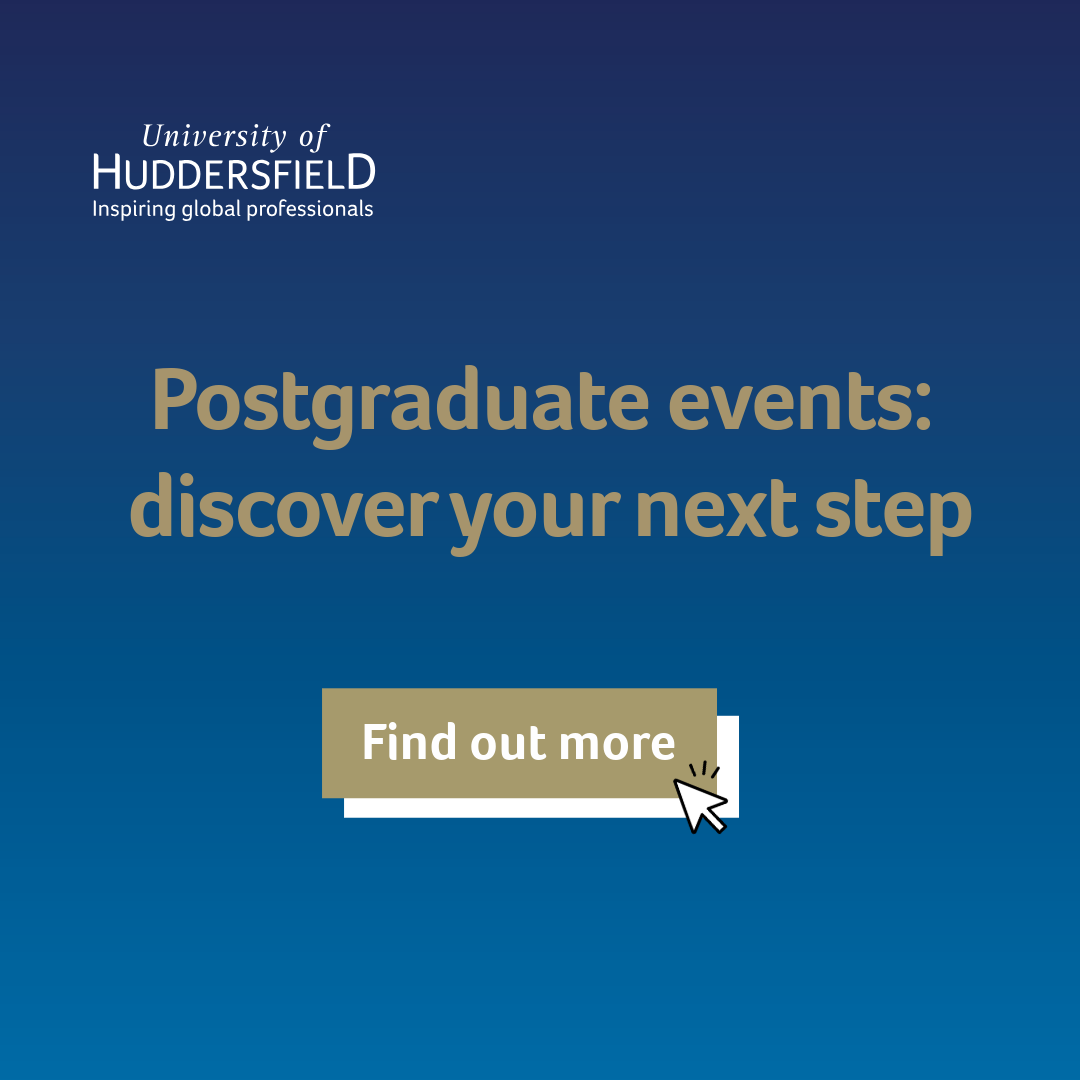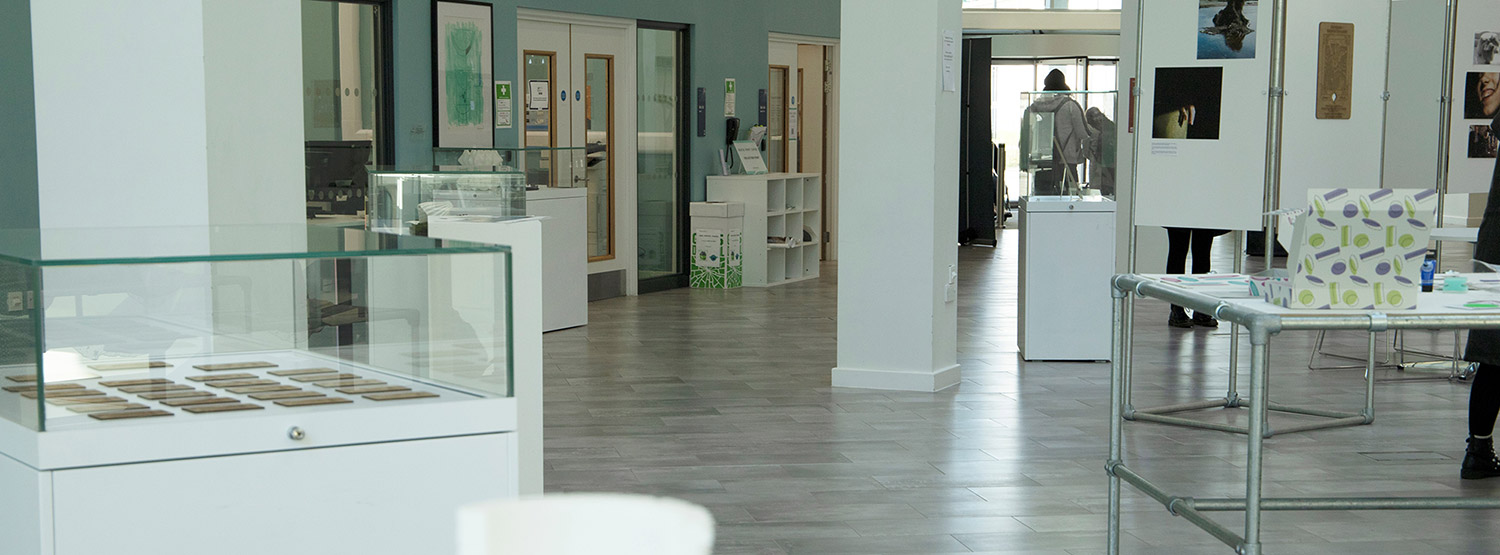
An inside look at the MA Art & Design Show
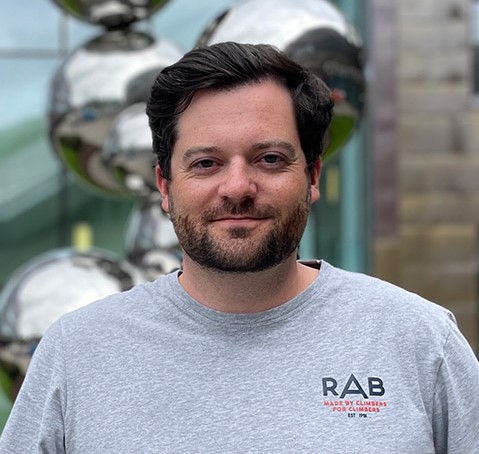
John Harrison
PhD Researcher, Art & Design
John Harrison here, I am a 2nd year PhD student at the University of Huddersfield and I have studied here since 2011. Unfortunately, in 2012 during the first year of my BA I was diagnosed with cancer. I fully recovered and with determination, I finally finished my Entrepreneurial Placement Year (EPY) and final years of my BA and achieved a First Class Honours degree. My PhD research involves 360-degree video and design work that will be utilised on a virtual reality headset. I am using fractal patterns found in nature to create immersive environments to see if they have restorative effects. I am also a Postgraduate Student Ambassador at the University and want to show everyone what my fellow students get up to, whilst supporting them were I can too.
Spanning eight days, from 16th November to 24th November, students from across Art, Design and Architecture came together to create an exhibition within the beautiful Barbara Hepworth Building, showing off their hard work and practice.
Each student printed, sculptured, and designed visual pieces that represented their dedication and skill within their chosen discipline. Now at an end, it’s a brilliant time to reflect on the last year and enjoy the success and challenges many students have faced while studying for a Master’s degree.
As a student myself who has completed an MA, I understand the excitement and struggles that these students faced throughout the year. Now is the time to be proud of our fellow students and celebrate their accomplishments with them as they move forward in their professional careers, whatever they might be.
If you are reading this and have missed the Exhibition, don’t worry! Here is a 360-degree video I filmed, showing the students’ pieces on display in the Barbara Hepworth Building.
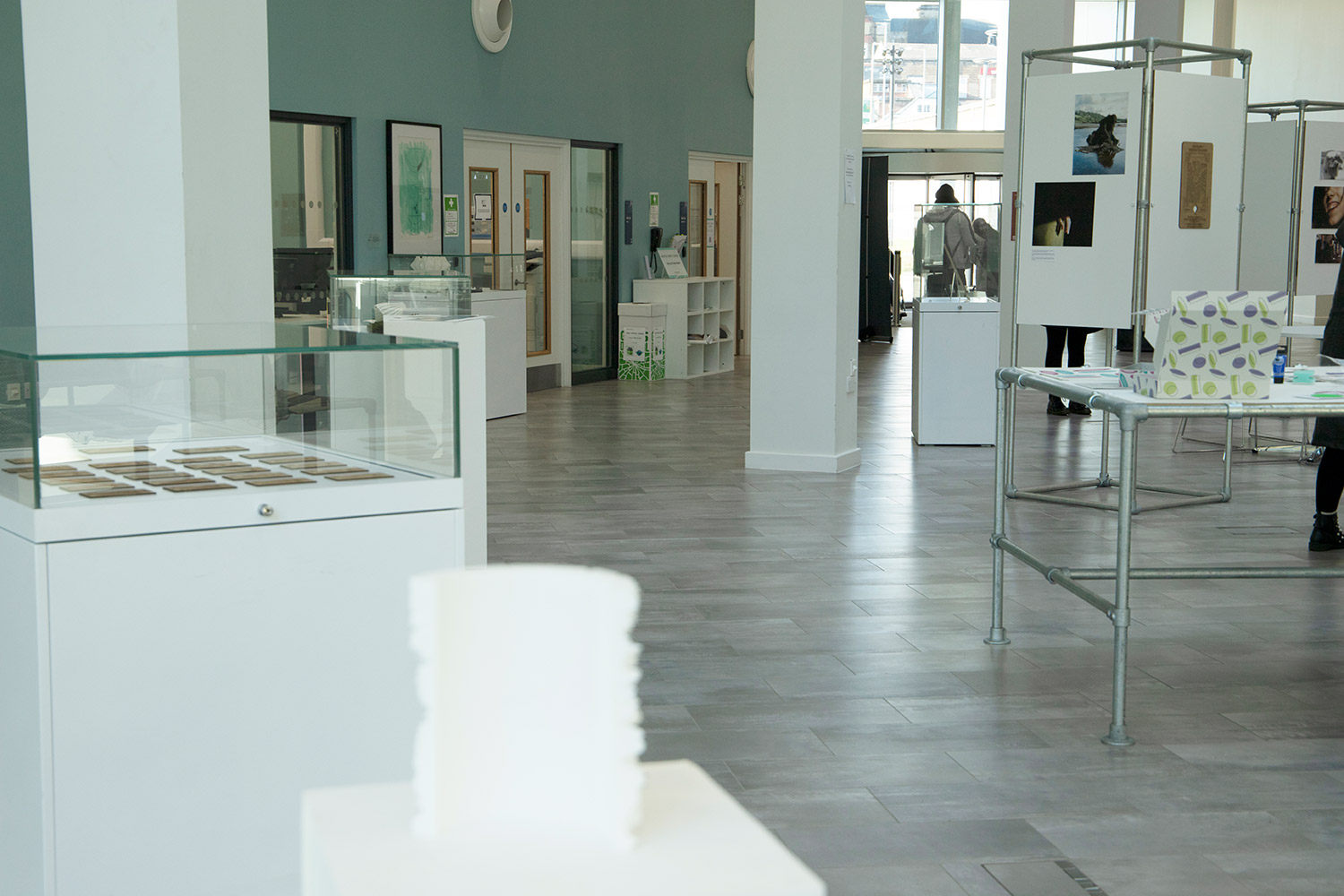
Charlotte Dobson, MA Photography
Charlotte is a photographer specialising in fine art photography, portrait and still life.
She has a First Class Degree in BA (Hons) Photography from Leeds Arts University, and a Master’s in Photography with Distinction from The University of Huddersfield.
Her personal work plays with light and nature to create sensitive visuals.
Her recent project 'The Edge of The Goggles Are Always Blurry' was exhibited at Warrington Museum & Art Gallery.
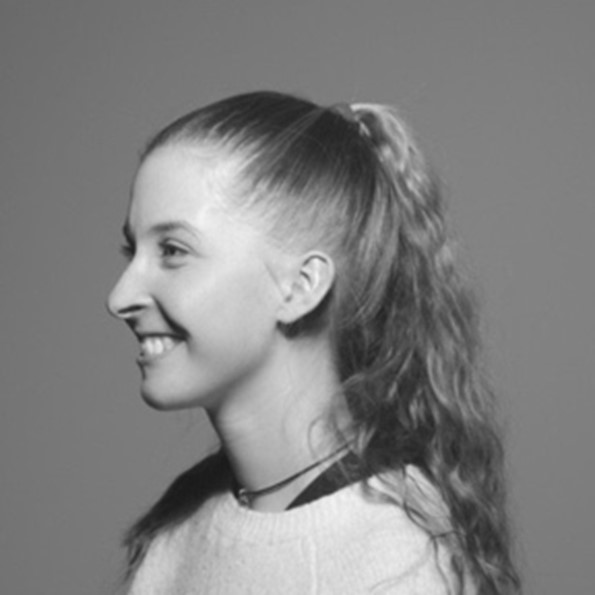
J: As an opening question, can you let everyone know what areas of art you are interested in and whether these have changed over the last year?
C: My focus is visual art to express and explore other perspectives, using photography and videography as tools. Through my MA I have explored immersive design, which has now become an exciting topic that I will explore further.
J: What is it that’s important to you about the project?
C: My MA project has been a catalyst. Not only have my ideas come to life but I have developed and progressed as an individual. My MA project opens questions about objects around us, not on a literal level but something deeper within us as humans, it’s the perception of reality. I used water as a subject, and I was the observer. Using different media as tools, 3D designs, aerial videography, and photography, I was able to open different perspectives and zoom into the edge of waters’ reality. Water is fluid and never ends, as does life, which drew me in.
J: It’s been an amazing project; it will be interesting to see where you take this next. Looking back on my MA in 2018, I can remember how it changed me and created a turning point for my practice. Looking back for yourself, what are the qualities that an artist needs to be successful?
C: Have a topic that you are passionate about and find value in it. Have an open mind. Also, don’t be afraid to test and explore different media. Finally, which is something I didn’t do, create boundaries within your project. What I mean is, I was so passionate about my work and ideas, I was going down too many rabbit holes. I guess to simplify it, you need some discipline, yet you should reach for the stars.

J: What challenges did you face during your MA?
A: I struggled with creating clarity around my ideas. I knew they made sense in my mind but was unsure how to communicate them in practice. At the time, I could have stopped and just simplified my pieces to make life easier, but I am glad now that I didn’t. Looking back, this was a learning curve within my MA that I overcame. Now, I have learnt more about myself as a visual artist and developed in my practice. Try to make your proposal as clear as possible and experiment with different mediums early on so that you can develop it throughout the year.
J: I think this is something a lot of students go through; I know I did too. It is easy to quit and stay within your comfort zone. You should be proud of your achievements. Going through the MA and the struggles that come with it, did you have any strategies that helped?
C: Write everything down, even how you feel. It might seem pointless but making mental notes on paper can help. Make sure you are open minded, take on board criticism, not personally but professionally which is something you learn. I mean you wouldn’t be here if you weren’t good enough, but we all have so much to learn. It’s exciting.
J: How did you stay motivated? I know it’s one of the biggest problems that a lot of us students face, even when studying something we are passionate about.
C: I think, keep in mind the end goal, and try visualising the light at the end of the tunnel. I guess recognising when it’s time to stop, reflect and relax is important. Sometimes when you may not be motivated, it’s a chance for you to figure out why. Are you exhausted? Is the project not really something you are passionate about? Or do you need to change how you go about it?

J: Is there a time during your MA studies when you failed and learnt from it? I know it’s drilled into us that success is the only option, but I think failure is more important, I mean without failure success would not exist.
C: I learnt not to take my failures personally, I accepted how it was and then decided to use them as motivation to succeed. I guess, when I created something that failed, it truly highlighted the areas I needed to improve on. Looking back, I am glad that they happened, and I can see how much I have learnt.
J: I know you came in, in your own time to help set up the MA show, so going through that process, from your point of view, what are the components of a good exhibit?
C: I guess, something that isn’t restrictive for students’ work, the show needed to be adaptable to all disciplines across Art and Design. We had columns, tables, and projectors showing off all of our hard work. It was truly a multidisciplinary show, and I am so happy with the outcome.
J: Thanks Charlotte for your insight into your experiences of the past year. We are coming to the end, any final comments?
C: Thanks for letting me reflect. I think the last comment, now looking back, I shouldn’t have undermined the research. If I could start again, I would have done a lot more reading. It has a big impact and is something that is important to me and my practice moving forward.
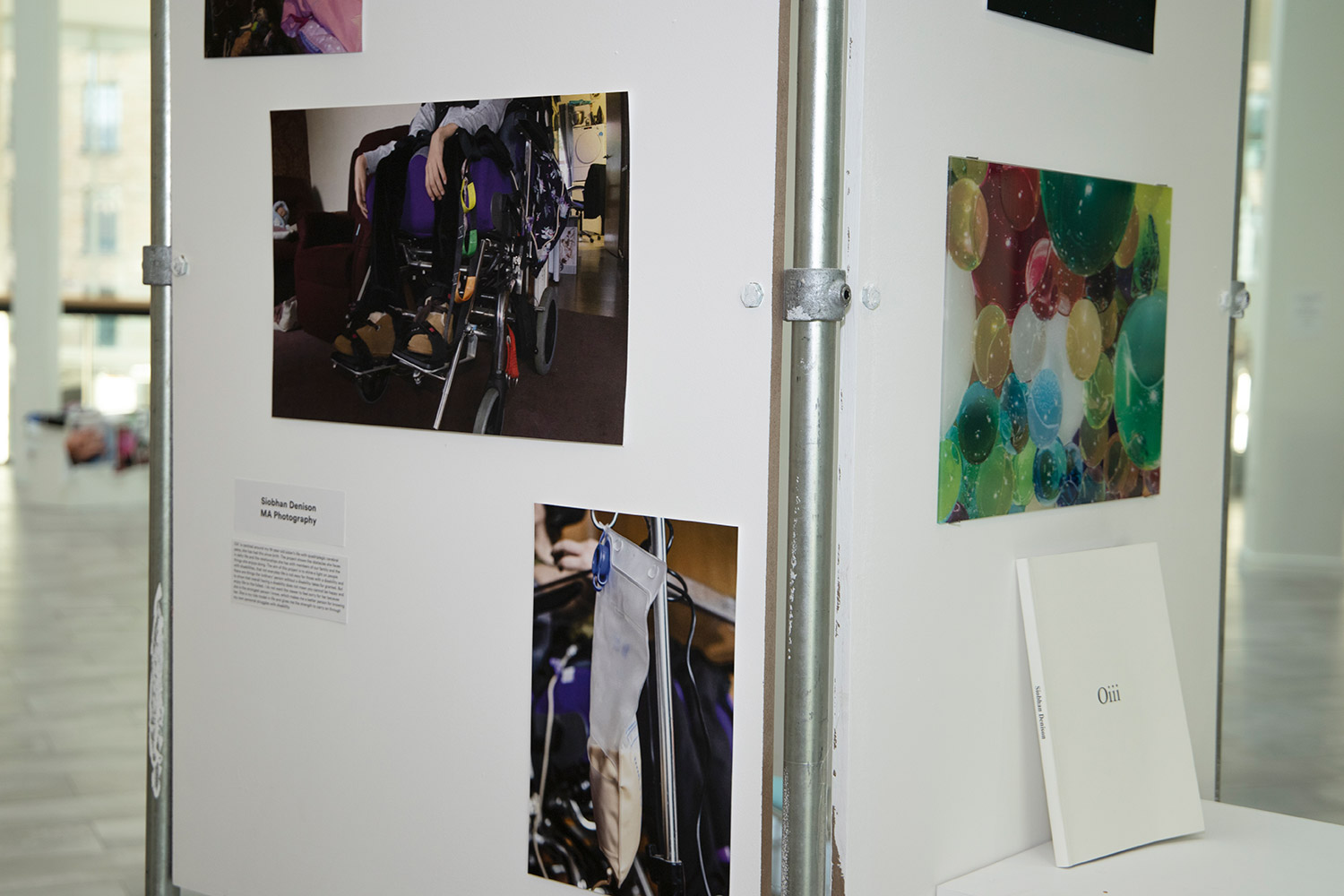
All Postgraduate Articles
Explore more articles about life as a postgraduate student.
Postgraduate Open Day
Find out more about postgraduate study at our next Postgraduate Open Day

